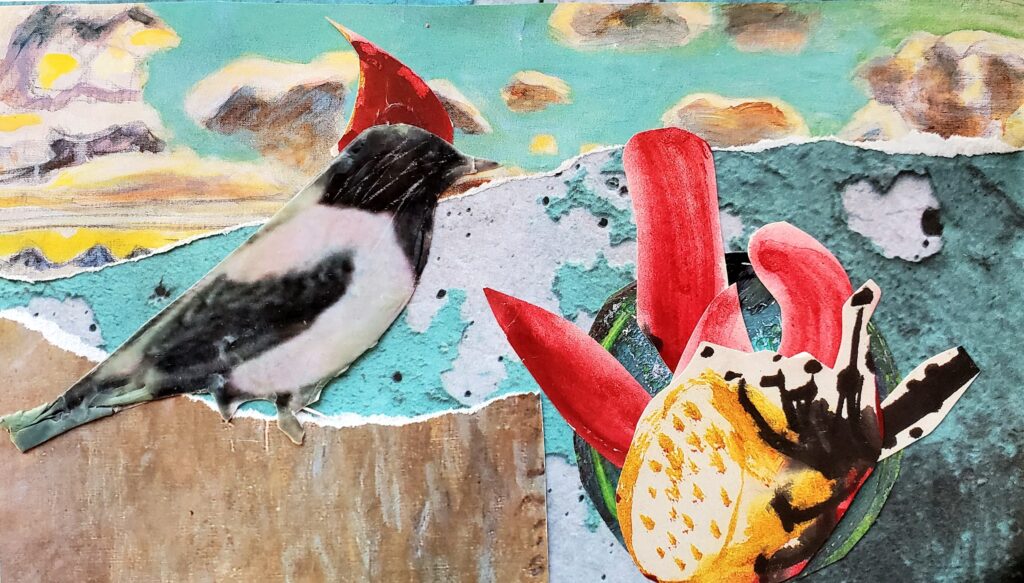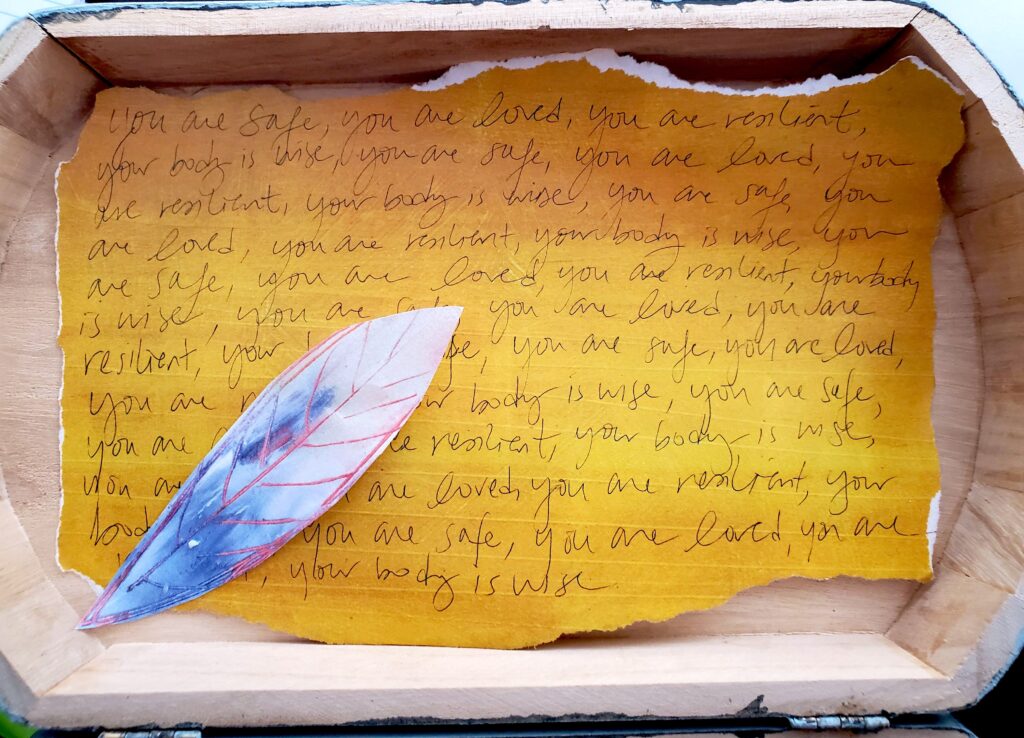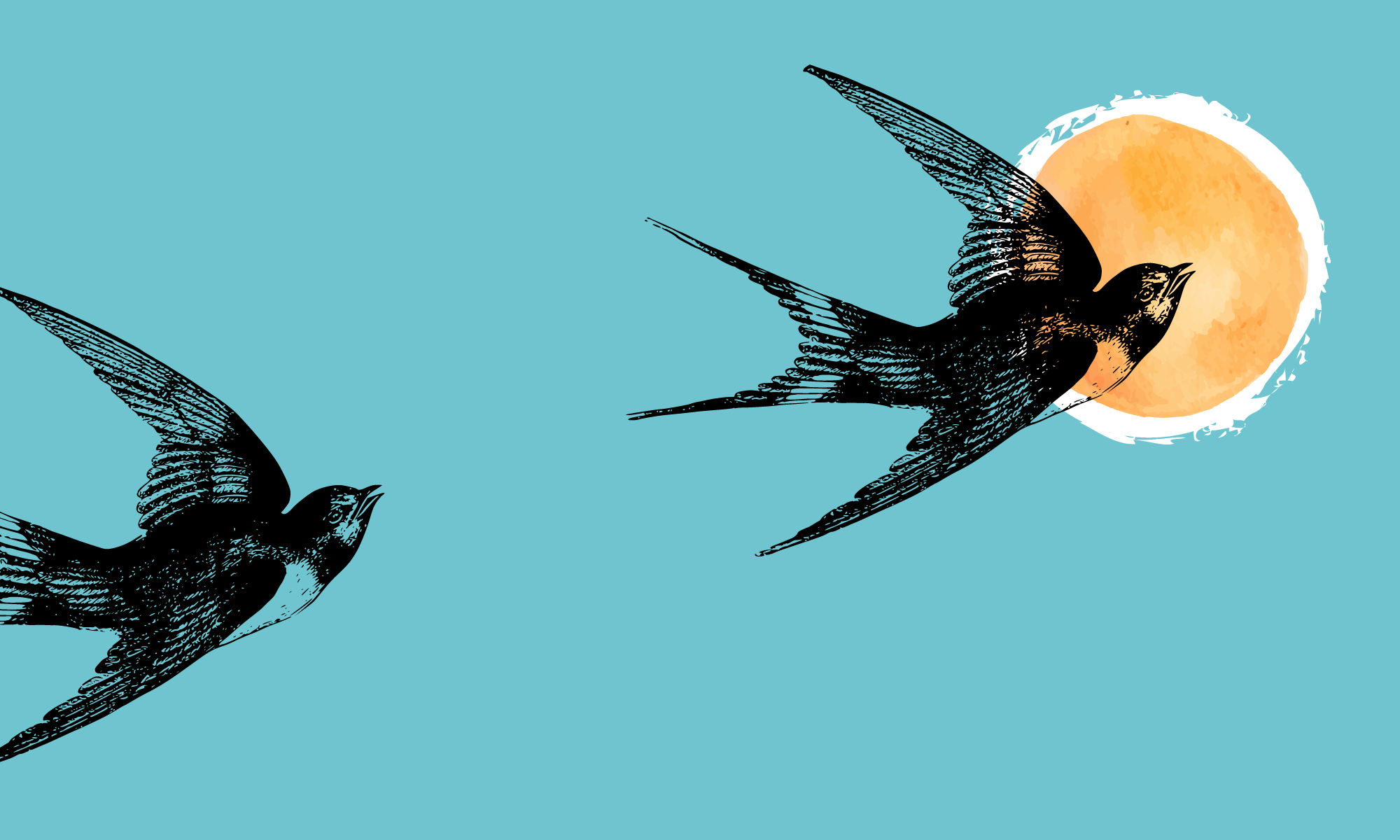“Expressive art therapy integrates all of the arts in a safe, non-judgmental setting to facilitate personal growth and healing. To use the arts expressively means going into our inner realms to discover feelings and to express them through visual art, movement, sound, writing, or drama. This process fosters release, self-understanding, insight and awakens creativity and transpersonal states of consciousness.”
— Natalie Rogers
What is expressive arts therapy
Sometimes words are not accessible to us or keep us in the cognitive realm of our healing process. Sometimes our verbal narratives take us in circles. Sometimes we want or need to express ourselves in ways that are non-verbal, creative, and imaginative so we can explore our feelings experientially, allowing unconscious material to surface to help us. Utilizing the arts in therapy can be a powerful (and playful) way to process, cope, and experience insight.
Expressive Arts Therapy (ExAT) is an approach to therapy that utilizes any art modality or a combination of art forms—writing, visual art, dance/movement, drama/enactment, and music—often shifting from one art form to another to help clients in their process of healing, transformation, and recovery. Following the client’s lead when it comes to creative expressions is key and therapy sessions can include the arts as a central focus or there may be what I call “small arts moments” within talk therapy that can be quite helpful.

But What if I’m Not Creative?
Central concepts of ExAT include creativity, expression, imagination, spontaneity, and play, and no art skills or elaborate art supplies are required. You do not need to consider yourself an artist, “artistic” or even “creative” to experience the benefits of expressive arts therapy (although, my belief is that all human beings are creative!). Think of the arts in therapy as another language to explore your life or a new way of processing and making meaning from your experiences. The arts can also help with emotional regulation, focus, and stress reduction. Scribbling, doodling, making simple gestures or movements, engaging in body awareness activities, exploring metaphors, journaling, storytelling, and making sounds or listening to music are all accessible ways to access the imagination without any pressure to “perform” or produce “good art.”
Process-Oriented and Non-Evaluative
In expressive arts therapy, the process of creative expression is prized more than the art “products” created, though any creation of artifacts can be allies or resources for further exploration. ExAT is a non-evaluative and non-interpretive process; it is the client who interprets their own art with the therapist as a co-explorer. Expressive Arts Therapy can be integrated into many psychotherapy approaches and used with all ages. I enjoy integrating the arts with adults because there is often a reconnection to a younger self who did not feel as inhibited by creative expression. A reminder of one’s innate creativity can be quite healing.
The Arts in Teletherapy
There are many ways to process creatively using a teletherapy format. For visual art processing, you can use whatever supplies they have on hand, such as a scrap piece of paper and a pen, or random objects from around the house. If you have a sketchbook, colored pens, paints, or collage materials, great, but no need to purchase any new art materials unless you want to. We can listen to music through the video format, as well as explore gestures, movements, or guided visualizations. Sometimes clients like to journal a bit during the session as well, so a notebook for journaling works, but so does the back of a napkin! Again, in expressive arts therapy, we use what we have available to us. Anything in our environment can be turned into art including our very own bodies!

More Benefits of Expressive Arts Therapy
- The arts can bring forth subconscious material for exploration and offer new perspectives and vantage points.
- Creative expression is a form of externalization to aid clients in experiencing some “distance” from their inner experiences when overwhelmed.
- Nonverbal art expressions are helpful for trauma processing, as trauma memories are stored in the right hemisphere where we also store images (not words).
- The arts can sometimes feel like a “safer” way to explore intense issues.
- The arts can be used to center and decenter the client’s presenting concerns, which may help moderate activation.
- Art materials themselves have different characteristics that can impact emotional states and processing experiences.
- Depending on the art materials used, the arts may be used for expression and release or containment and safety.
- Engaging in the creative arts involves embodiment and sensory engagement, keys to nervous system regulation.
- The arts are resources for coping; creativity, imagination, and artistic expression can be “helpers” for clients.

History and Training
While the other creative arts specializations, such as Art Therapy or Music Therapy, have been in existence for a good part of the 20th century, Expressive Arts Therapy emerged as its own discipline in the 1970s at Lesley University in Cambridge, MA, where I received my counseling degree. ExAT is unique in that it sees the commonalities among all the arts disciplines and expressive arts therapists learn the fine art of intermodality—moving a client from one art form to another in a sensitive and informed way. For more information, visit the International Expressive Arts Therapy Association (IEATA).
